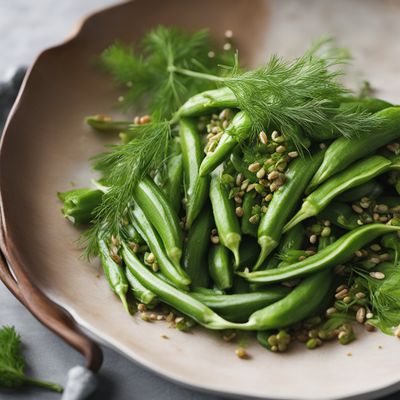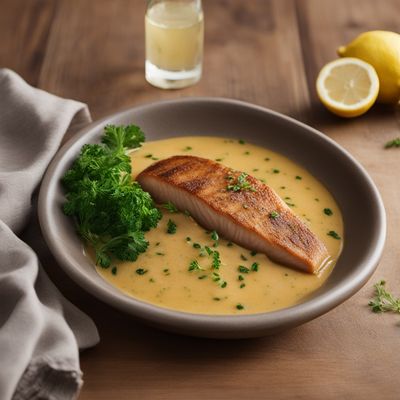
Ingredient
Flat-fishes, dried
Delectable Dried Delicacies
Dried flat-fishes are fish that have been processed through a drying method to remove moisture, resulting in a concentrated and intense flavor. These fish are typically flat in shape, with a thin and delicate texture. Drying the fish enhances their umami taste and allows for long-term storage. They can be rehydrated before use or added directly to soups, stews, or other dishes to infuse them with a rich seafood flavor.
Origins and history
The practice of drying fish dates back centuries and has been utilized by various cultures around the world as a preservation method. Drying fish allows it to be stored for extended periods without refrigeration, making it a valuable food source in regions where fresh fish may not be readily available. Dried flat-fishes are commonly used in Asian cuisines, particularly in countries like Japan, China, and Korea, where they are prized for their intense umami flavor and used in a variety of dishes.
Nutritional information
Dried flat-fishes are a good source of protein and essential omega-3 fatty acids. They are also low in fat and carbohydrates. However, they can be high in sodium, so individuals on a low-sodium diet should consume them in moderation.
Allergens
May contain fish allergens.
How to select
When selecting dried flat-fishes, look for ones that are whole, intact, and free from any signs of spoilage, such as discoloration or an off-putting odor. The fish should be dry and brittle, indicating that they have been properly dried. If purchasing from a store, check the packaging for any signs of damage or tampering. It is also advisable to buy from reputable sources to ensure the quality and safety of the dried fish.
Storage recommendations
To maintain the freshness and quality of dried flat-fishes, store them in a cool, dry place away from direct sunlight. It is best to keep them in an airtight container or resealable bag to prevent moisture absorption and maintain their flavor. Properly stored dried flat-fishes can last for several months to a year.
How to produce
Drying flat-fishes at home can be a complex process that requires specialized equipment and knowledge. It is recommended to purchase dried flat-fishes from reputable sources or specialty stores that specialize in dried seafood products.
Preparation tips
Before using dried flat-fishes, they need to be rehydrated by soaking them in water or broth for a period of time, usually around 30 minutes to an hour, until they become soft and pliable. Once rehydrated, they can be added to soups, stews, stir-fries, or other dishes to infuse them with a rich seafood flavor. Dried flat-fishes can also be ground into a powder and used as a seasoning or added to sauces for an umami boost.
Culinary uses
Dried flat-fishes are commonly used in Asian cuisines, particularly in dishes like miso soup, hot pots, or stir-fries. They can also be enjoyed as a standalone snack or used as a topping for rice or noodles. The intense umami flavor of dried flat-fishes adds depth and complexity to various dishes, making them a prized ingredient in many culinary traditions.
Availability
Commonly available in Asian countries, particularly Japan, China, and Korea.
More ingredients from this category
Recipes using Flat-fishes, dried

Sami-Inspired Okra Salad
Northern Delight: A Refreshing Sami Okra Salad

Dinengdeng with a Twist
Savor the Flavors of the Philippines: A Modern Twist on Dinengdeng

Dongo-dongo Stew
Savory Delight: Dongo-dongo Stew - A Taste of Nigerian Cuisine

Skate in Swabian Butter Sauce
Buttery Swabian Delight: Skate in a Creamy Herb Sauce

Goan Catholic Grilled Fish
Spicy Grilled Fish with Goan Catholic Flavors

Classic French Quenelle
Elegant Delicacy: French Quenelle with a Twist

Dahomey Delight Fish Stew
Savory Seafood Sensation: Dahomey Delight Fish Stew

Arroz de Safio with Tomato and Cilantro
Savory Tomato and Cilantro Rice with Safio Fish

Northern Irish-Style Parmesan Sole
Crispy Parmesan Sole with a Northern Irish Twist

Liechtensteiner Fish Soup
Alpine Delight: Liechtensteiner Fish Soup
